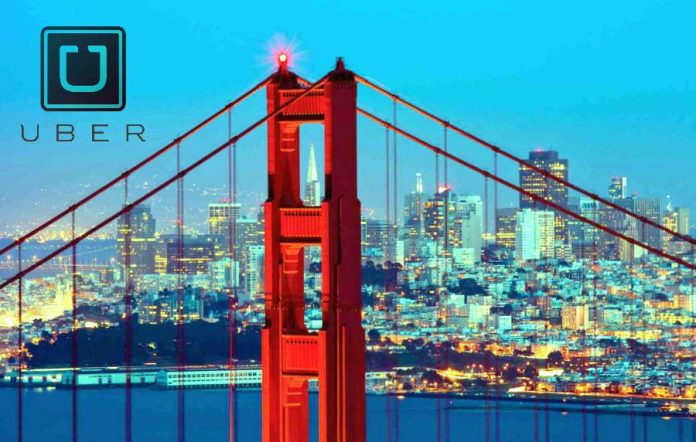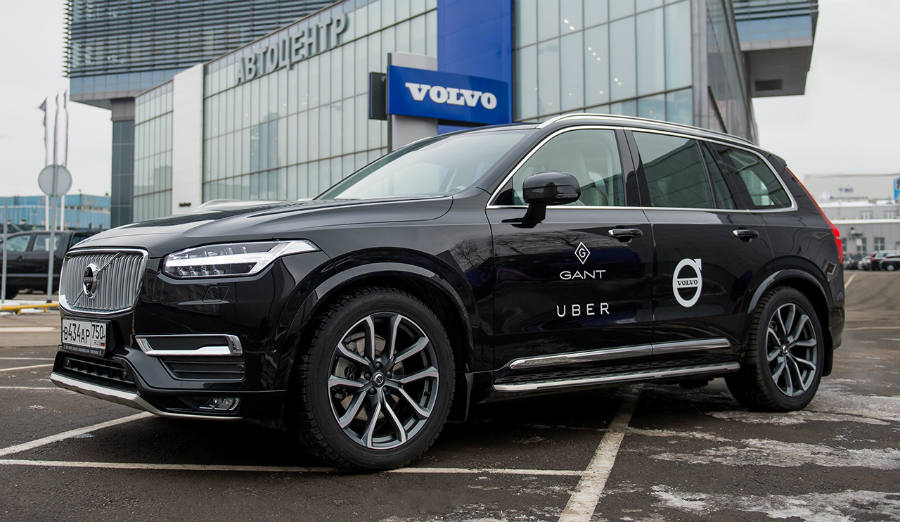
Anthony Levandowski, Head of the Advanced Technology Group at Uber, announced the official rollout of its self-driving Volvo fleet in the streets of San Francisco on Wednesday.
Uber app users who request the services of an UberX vehicle can now hop on one of the company’s modified Volvo XC90s if they are available, although there is no way of knowing until it comes rolling around the curb.
San Francisco joins Pittsburgh as the second city in which Uber has deployed its new technology. The semi-autonomous cars making the rounds in the foggy city are enhanced versions of the original cars.
Uber’s decision to debut self-driving rides in San Francisco has proved more than controversial, as there is a fine legal line the company claims allows them to roll out the vehicles without trouble.
Uber will start the challenge in San Francisco with five cars
Uber’s autonomous “fleet” is rather modest with only five units on duty. More Volvo XC90s will join in the coming weeks to offers its services to the citizens of San Francisco.
The ridesharing company claims the San Francisco deployment is as big a success as it is a challenge, since driving in the California city has unique perks different from Pittsburgh.
While Pittsburgh was a steep ground zero for semi-autonomous Uber rides, San Francisco comes with unpredictable weather, more traffic density, a higher affluence of cyclists, and narrower lanes in a tighter gridlock.
Self-driving Ubers are on the road in our hometown. pic.twitter.com/4YMDC6r7Lg
— Uber (@Uber) December 14, 2016
Uber’s self-driving rides won’t be entirely driverless
Uber has been careful with the wording of its new cars and services since self-driving does not necessarily imply the vehicles are driverless.
The company employs two technicians on each of the cars: one behind the wheel to take over when necessary and another in the passenger seat to keep track and analyze data collected during the ride.
The new Volvo XC90s come with an enhanced sensor suite that consists of seven cameras mounted at the top of the car covering a 360-degree field of view.
Moreover, Uber’s cars come with a radar system in the front that performs custom computing and data storage functions. A LIDAR device also at the top of the vehicle provides 360 scanning in 3D at all times.

Uber is challenging the DMV to accept innovation
Uber’s move to expand its self-driving services to San Francisco challenges the Department of Motor Vehicles in its definition of what constitutes a vehicle of such nature.
In a legal sense, the company defines self-driving vehicles as those that are able to operate autonomously, i.e. without a driver behind the wheel monitoring, controlling or overriding the system.
The DMV, on the other hand, claims that Uber’s modified Volvo fall under the same category as all the other tech startups currently testing their tech on the streets of San Francisco. As such, the department believes they require a permit from them.
However, Uber’s argument goes beyond legal terminology and builds the case of pushing innovation further across the country.
In a way, the ridesharing giant is forcing the DMV’s hand in California to take one step forward in supporting self-driving technologies in a more open environment.
Source: Uber










